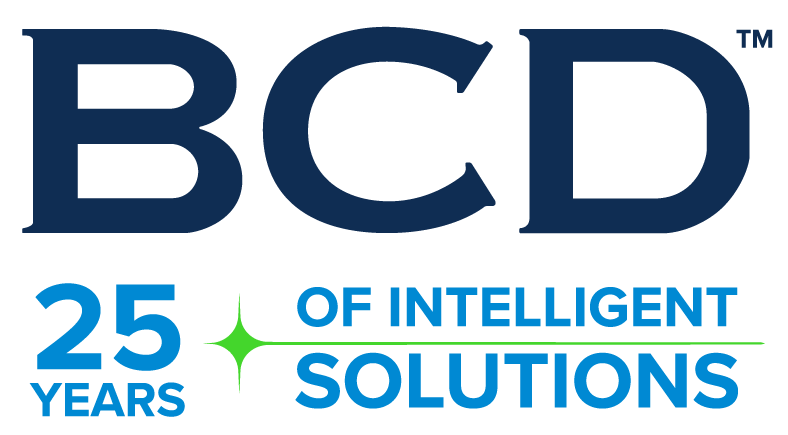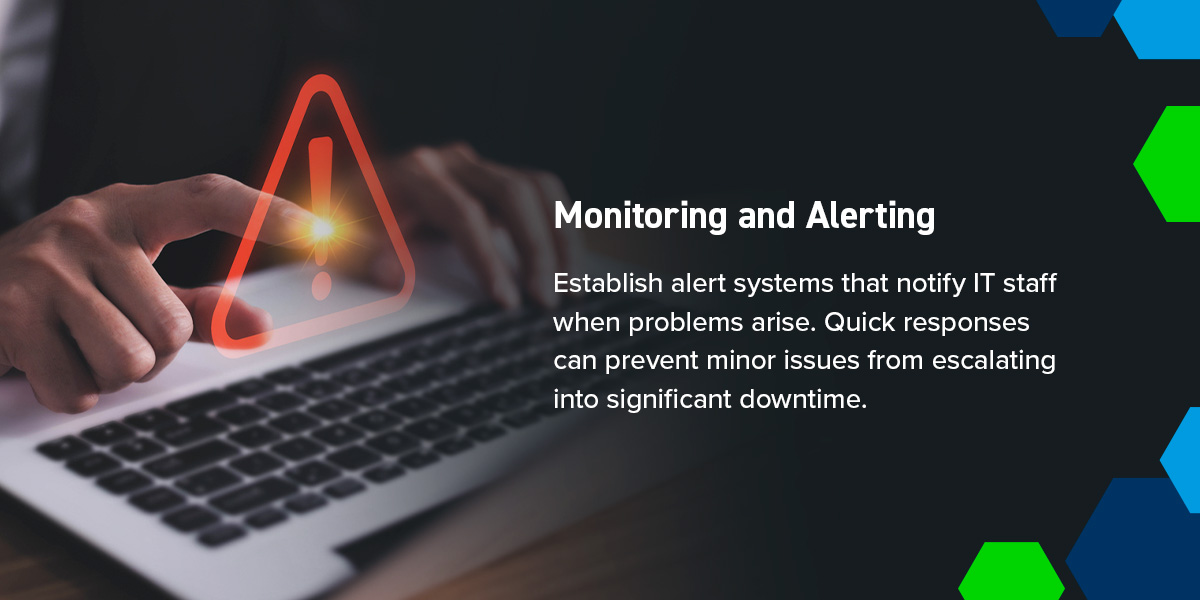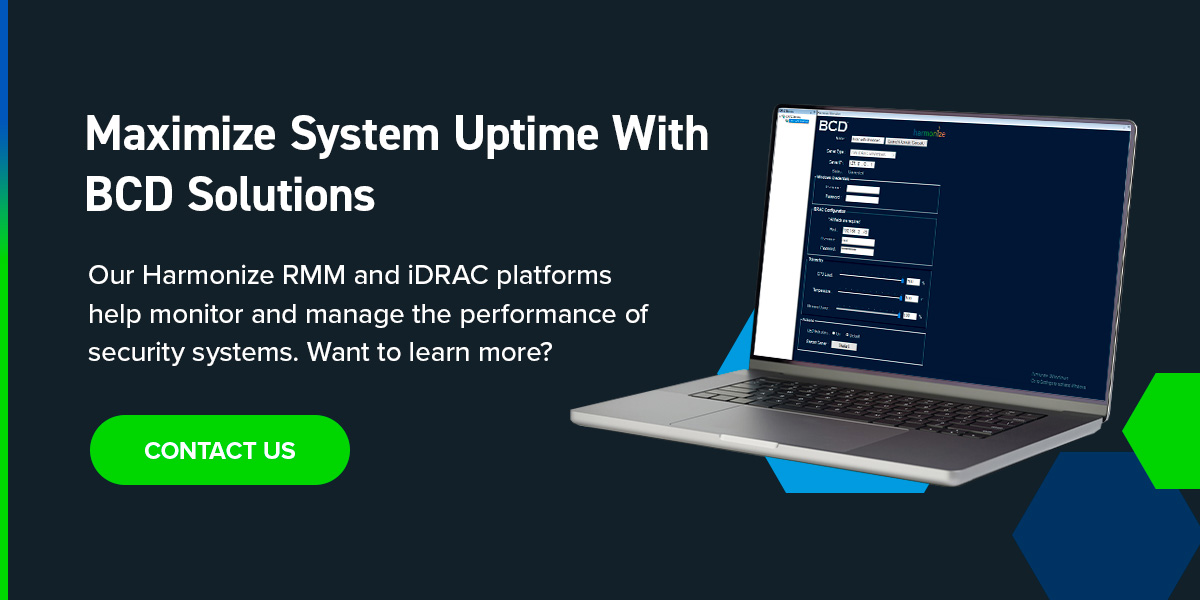Security system downtime can expose organizations to data breaches, financial losses and reputational damage. Some industries, like casinos and data centers, require maximum video security uptime. Continuous video surveillance helps maintain security, prevent disruptions and investigate all activity, especially around high-value assets and critical infrastructure.
With 1 in 5 in businesses losing $13,000 an hour through system downtime — a number that can be as high as $42,000 per hour due to computer network downtime — it is vital for security integrators to understand how to minimize disruptions. Fortunately, many risks can be mitigated through proactive measures and best practices.
This guide addresses some of these tips. Explore the meaning of security system downtime, the common causes and strategies to minimize its occurrence.
What Is Security System Downtime?
Security system downtime is the period when a security system is unavailable or nonoperational. For example, when your surveillance system breaks down or stops functioning, that period is known as downtime. Security system downtime could be planned or unplanned. Planned security downtime mainly occurs during scheduled maintenance, while unplanned security downtime is due to unexpected failures or errors. The downtime could also be partial or total. Partial system downtime affects specific components while others remain operational, while total downtime affects the entire system.
System downtime can have significant implications. It makes your security vulnerable, potentially leading to breaches. Security system downtime can also result in reputational damage, especially when it happens frequently. It is crucial to identify the common causes and implement measures to reduce such disruptions.
What Are the Common Causes of Security System Downtime?
There are several causes of security system downtime. Here are some examples:
- Hardware failures: Physical components, such as servers and workstations, can fail due to age, wear or manufacturing defects. Other factors, like loss of electrical power or hard drive failure, can also cause systems to go offline, especially if there is no backup power.
- Software issues: Bugs and glitches can lead to crashes or unresponsiveness. Similarly, updates and changes in operating systems or other software can cause incompatibilities that can disrupt security systems.
- Configuration errors: Incorrect settings during installation or changes can lead to system failures or vulnerabilities. Implementing new security policies without proper testing can inadvertently cause downtime.
- Network issues: Issues with internet service providers (ISPs) or internal network failures can cause disruptions. Incorrect firewall rules can also block legitimate traffic.
- Cyberattacks: Attackers can overwhelm security systems with traffic, making them unresponsive. Ransomware or other malicious software can also compromise security systems, rendering them ineffective or inoperable.
- Human errors: Mistakenly deleting crucial files or configuration settings can disable security systems. Improperly trained staff can also mishandle security systems, causing downtime.
- Maintenance activities: Routine updates, patching or upgrades can temporarily affect security systems. Periodic audits may also require temporarily disabling systems for assessments or testing.
Understanding these causes of downtime, whether planned or unplanned, can help you develop strategies to prevent or reduce their occurrences.
Best Practices for Minimizing System Downtime
Here are nine helpful strategies to minimize system downtime:
1. Maintenance and Updates
Implement a regular maintenance schedule that includes updates, patches and system checks. This proactive approach helps identify and resolve potential issues before they lead to downtime. Where possible, enable automated updates for security software and firmware. Running the latest versions with updated security features can reduce failures.
2. Monitoring and Alerting
Utilize monitoring tools that provide real time visibility into the security system’s health. These tools can detect anomalies, performance issues and potential failures. Establish alert systems that notify IT staff when problems arise. Quick responses can prevent minor issues from escalating into significant downtime.
3. Testing and Audits
Conduct periodic vulnerability assessments and penetration testing to identify and remediate weaknesses in security systems. Review the relevant regulations and standards to ensure compliance. The security measures must be effective and up to date.
4. Redundancy and Failover Systems
Implement redundant systems and failover solutions to ensure continuity in case of primary system failures. For instance, you can use backup servers, firewalls and data storage to maintain security operations. Consider geographically dispersed data centers or cloud solutions to reduce the risk of localized outages affecting security systems.
5. Incident Response Plan
Create a comprehensive incident response plan that outlines procedures for responding to security incidents and system failures. This plan should include roles, responsibilities and communication strategies. Conduct regular drills to test the incident response plan. Ensure the team is familiar with the procedures and can act quickly during actual incidents.
6. Employee Training and Awareness
Provide ongoing training for employees on security best practices, potential threats and how to respond to incidents. A well-informed staff reduces downtime caused by human error. Ensure the trading covers both hardware and software. Make it periodic to refresh their minds and stay updated with industry trends.
7. Documentation and Change Management
Keep detailed documentation of all security systems, configurations and procedures. This information can be invaluable during troubleshooting and recovery efforts. Implement a formal change management process for any updates or modifications to the security system so you can review, test and implement changes without disrupting operations.
8. Quality Hardware and Software
Investing in quality hardware and advanced software can help accommodate higher workloads and complex operations, such as real time data processing and analysis. You want to reduce lags and interruptions as much as possible. Choose systems with improved security features and integration. Compatible platforms can reduce the risk of configuration issues.
9. Professional Partner
Maintain an active relationship with hardware and software vendors for timely support during critical issues. They can also help you understand warranty and support options. Consider engaging third-party security experts for independent assessments of security systems. You can leverage their insights and recommendations for improvement.
How Can Harmonize RMM and iDRAC Help?
Harmonize Remote Monitoring and Management (RMM) is a plug-in designed to streamline system monitoring and management. It centralizes the various aspects of your security system so you can monitor the health of your cameras, network connectivity, servers and storage from one place in real time. Security professionals can set custom telemetry thresholds and get direct notifications when something goes wrong with the surveillance system.
Harmonize iDRAC is also a plug-in for risk and security management. It enables users to create and configure iDRAC entities to assess the health of their video management systems (VMS). Like Harmonize RMM, security teams can monitor multiple workstations and servers from one place.
These capabilities can reduce downtime through the following means:
- Proactive monitoring: Security teams can organize server data into a single pane of glass, closing the gap between security and IT.
- Failure mitigation: The platform can help detect failures and alert professionals before they escalate.
- Enhanced user experience: Features like valuable telemetry insights and real time server analytics can reduce failures, providing system integrators with a better experience.
Maximize System Uptime With BCD Solutions
Do you need help minimizing security system disruptions? Look no further. BCD is the ideal partner. We understand that every minute of downtime can impact your business’s security, and we are committed to helping you implement best practices and solutions tailored to your unique needs.
Our Harmonize RMM and iDRAC platforms help monitor and manage the performance of security systems. They have advanced integration capabilities with customizable configurations. You connect all hardware to the software and receive real time system health updates. Want to learn more? Contact us now!



